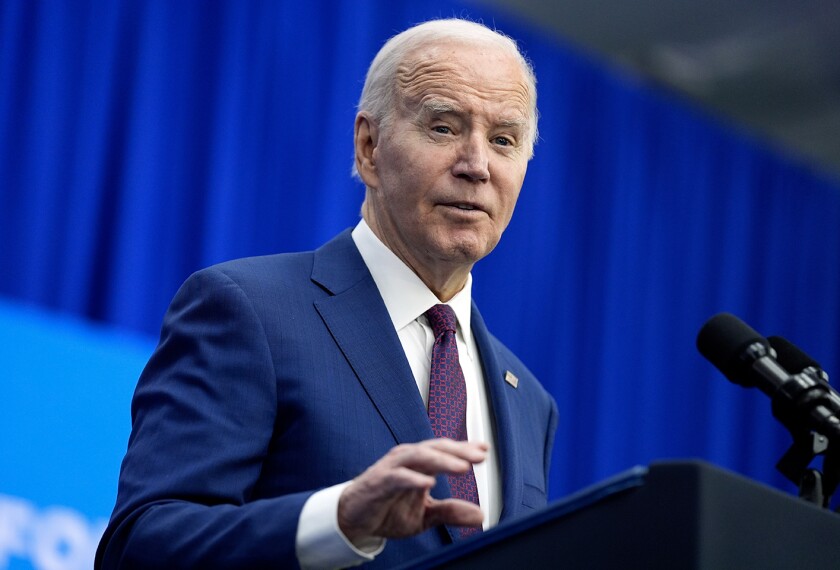Forget “Smiling faces, beautiful places.” Billboards in South Carolina sported a new—if unofficial—slogan throughout much of the summer: “Welcome to South Carolina, home of ‘minimally adequate education.’ ”
Two billboards, along Interstate 95 and near the intersection of Interstate 26, in the southeastern part of the state, were posted as part of a campaign by Education First, a business-oriented coalition that is pressuring lawmakers on the issue of equity in school spending.

South Carolina is among the states wrestling with the issue. The phrase “minimally adequate education” stems from a 1999 state supreme court decision in the case of Abbeville v. South Carolina, requiring the legislature to provide for such an education—without defining it.
After the case was sent back to the state circuit court in Lee County, a judge ruled in 2005 that the state was, in fact, providing “the opportunity for each child to receive a minimally adequate education,” except for early-childhood education. (“S.C. Judge Tells State to Do More for Young Children,” Jan. 11, 2006.)
On July 12, the judge declined to revisit that decision—four days before the billboards were raised.
“The legislature has continued to be unhelpful to rural schools” in 2007, said Charles T. “Bud” Ferillo Jr., a coordinator of the campaign and a Columbia-based public relations executive. “Education First is trying to bring attention in the population of South Carolina for, ultimately, a legislative solution.”
Asked for Republican Gov. Mark Sanford’s comment, a member of his staff pointed to gubernatorial spokesman Joel Sawyer’s recent statements in the South Carolina newspaper The State.
“They’re devoting energy to billboards rather than substantive education reforms,” Mr. Sawyer told the newspaper.
The two billboards together cost about $3,900 for a 30-day display and were to remain up until about the middle of this month. Mr. Ferillo said that Education First hopes that grassroots contributions will allow the billboards to be displayed for the 2008 legislative session or the election season.
See other stories on education issues in South Carolina, along with data on South Carolina’s public school system.




